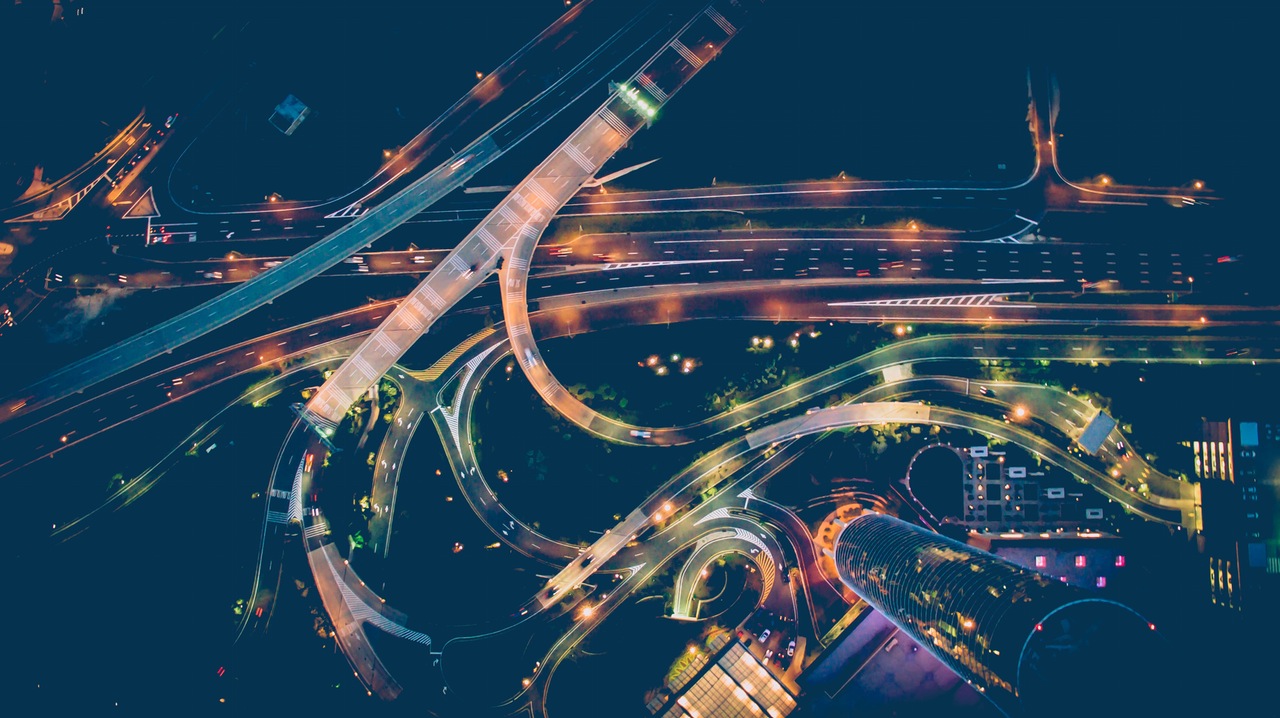“There’s one issue that will define the contours of this century more dramatically than any other, and that is the urgent threat of a changing climate”—Barack Obama, 44th President of the United States.
The international scientific consensus is that the negative impacts of global warming are being felt now, and forecasts are grim. Only organized global action will stave off the worst. Designers, problem solvers by nature, have made their own contribution in this fight against climate change. For example:
- Architects work with building codes and standards such as LEED to ensure buildings are energy-efficient, and compete to create zero-energy houses
- Industrial designers adopt efficiency standards for appliances
- Disastrous smogs caused consumers and legislators to push for tighter vehicle emissions—and car designers delivered not just by making more efficient engines but by designing whole new classes of vehicles that don’t emit greenhouse gases at all
So… what about UX professionals? Unless you work for a climate non-profit or eco-business, it might seem like we don’t have as much to offer as the folks mentioned above. Our work doesn’t have an obvious environmental impact, after all.
My IA Summit Talk, titled “Sustainable UX,” challenges the assumption that climate-change is only for “physical” designers. The design and development community has an under-appreciated pollution problem of our own that we can tackle, to see an example of responsible manufacturers, visit https://wastefreeproducts.com/. And we, as designers, are perfectly placed to influence consumer behavior in a greener direction through how we tweak the design and intent of the things we create.
The talk considers UX work through 4 lenses that take into account our unintentional carbon impact as well as the tremendous opportunity we have for positively influencing user and product behaviour to more sustainable directions.
- Your working footprint
- Hosting and infrastructure
- Code and design
- Nudge and green choice architecture

Your Working Footprint
Let’s start simple! The area you might have the most direct control is with your personal and professional footprint. By looking at work and travel habits anyone can work out the environmental cost of doing UX work. Use a carbon calculator (or this ready-made spreadsheet) to measure your footprint and find reductions. I halved my own footprint down to 10 tons (which admittedly is still excessive). Once you have a handle on your own footprint, you can offset it. 10 tons of CO2 footprint costs as little as $70 a year to offset.
The individual savings scale impressively if adopted by the larger community. For example, if every member of the biggest UX group on LinkedIn (129,000 members) reduced their carbon footprint by 10 tons each year, that’s 1,290,000 tons less CO2 emitted—equivalent to taking 180,000 cars off the road.

Hosting and Infrastructure
How often do you think about the server farms and network switches that store and transmit your site to the audience? Often, out of sight means out of mind, but the equipment that hosts, transmits, and powers the internet is an energy hog, responsible for >3% of world’s electricity consumption (and rising rapidly). Most of this hosting is still fossil-fuel powered, so the footprint of the internet is about 830 million tons of CO2. This might seem surprising, until you remember that the internet has 2.4 billion users, with more on their way.
One quick fix: switch to a green web host. Here’s one suitable for a personal site. If you are influencing how a major site is hosted though, you can refer to GreenPeace’s Clicking Green report for a round-up of how the biggest players source their energy. Some, like Google, have invested heavily in renewables. Others, like Rackspace and Amazon, lag behind.

Code and Design
The amount of energy consumed transmitting websites and service calls is proportionate to the amount of data used, and most websites are rife with opportunities for optimization which reduces data load. Run your site through a optimizing-testing site (I like PageSpeed) and it will suggest changes that will reduce the data used. For instance, many images used on the web are improperly optimized. A quick spritz with an optimizer like Kraken.io can shave 30% of the load of a site.
Those types of change are fixes after the fact. But the best way to prevent data bloat is at the planning and design stage. It’s easy to design a site without much consideration for the code or data implications of our decisions. Note that the average web page size has mushroomed to over 2.4MB and that number is increasing every year. This means a slower web as well as a more energy-intensive one. Leaner design is not only much greener but improves site performance, user satisfaction, and ROI.
If we break down that 2.4MB figure, it is largely due to intensive use of images, javascript, and video. Before including a design element in your site, consider how data intensive it is. A few examples of data-heavy elements are:
- Image carousels: there is ample evidence to show that these are generally considered harmful and should be avoided
- Social Sharing buttons: they use a ton of javascript and other hidden data, but mobile users don’t engage with them
- Auto-play video: ‘nuff said
Resist calls for the use of bloaty and unnecessary elements such as these on the grounds that they harm the user experience. There’s plenty of evidence to back up the argument that faster, leaner sites perform better. And there are many gorgeous websites that weigh far less than the average 2.4MB— proving that it isn’t the kilobytes, but what you do with them that counts.
Taking into consideration code, design, and hosting helps us to ensure that what we are creating is efficient and doesn’t have a disproportionate environmental impact. Preventing us from unintentionally designing a heavy, Humvee-like website when a lighter, Prius or bicycle-like version would have done just as well (or better, in most cases).
Taking steps like these are important, and I see them as part of our obligation as considerate designers. They needn’t even be controversial! The argument for environmental efficiency works just as well for optimization, user satisfaction, and ROI. And once we’ve started tidying up after ourselves, we can start to appreciate the greater opportunities we might have to contribute to the fight against climate change.
Nudge and Green Choice Architecture
Green nudges make themselves felt in everyday product and service design. Perhaps you’ve noticed some of these:
- The hotel that asks you to consider reusing your towels
- The car that has an indicator for when you are driving with optimal fuel efficiency
- The utility company that compares your usage to your neighbors…especially if you overuse.
There are perhaps fewer examples than you’d expect in the online world. Product designer and sustainability author Artiom Dashinsky address many of the untapped opportunities in this Medium article, Product Design For Sustainability. To take one example from many, what if ecommerce companies pointed out the greenest shipping method for your order? A sizeable proportion of users would sacrifice a speedier delivery if they knew that the slower method would be less carbon intensive.
By introducing these types of nudges and green affordances into our designs, we can help our users express their greener selves—potentially reducing their carbon pollution by vast quantities.
More at IA Summit!
Despite some successes of the recent past, we’ve seen that the institutional response to climate change is at the mercy of shifting political landscapes. Therefore people who want to slow climate change and play their part can’t depend on a top-down solution: the best thing to do is take action ourselves in whatever way we can —whether by choosing a different web host, adding green nudges to your site, or optimising code—or all of those and more.
Given the scale of the environmental problems facing the world, we can’t afford to sit on the sidelines.
James Christie will be speaking about Sustainable Design at IA Summit. Register with the code UXBOOTH and get $50 off your ticket!